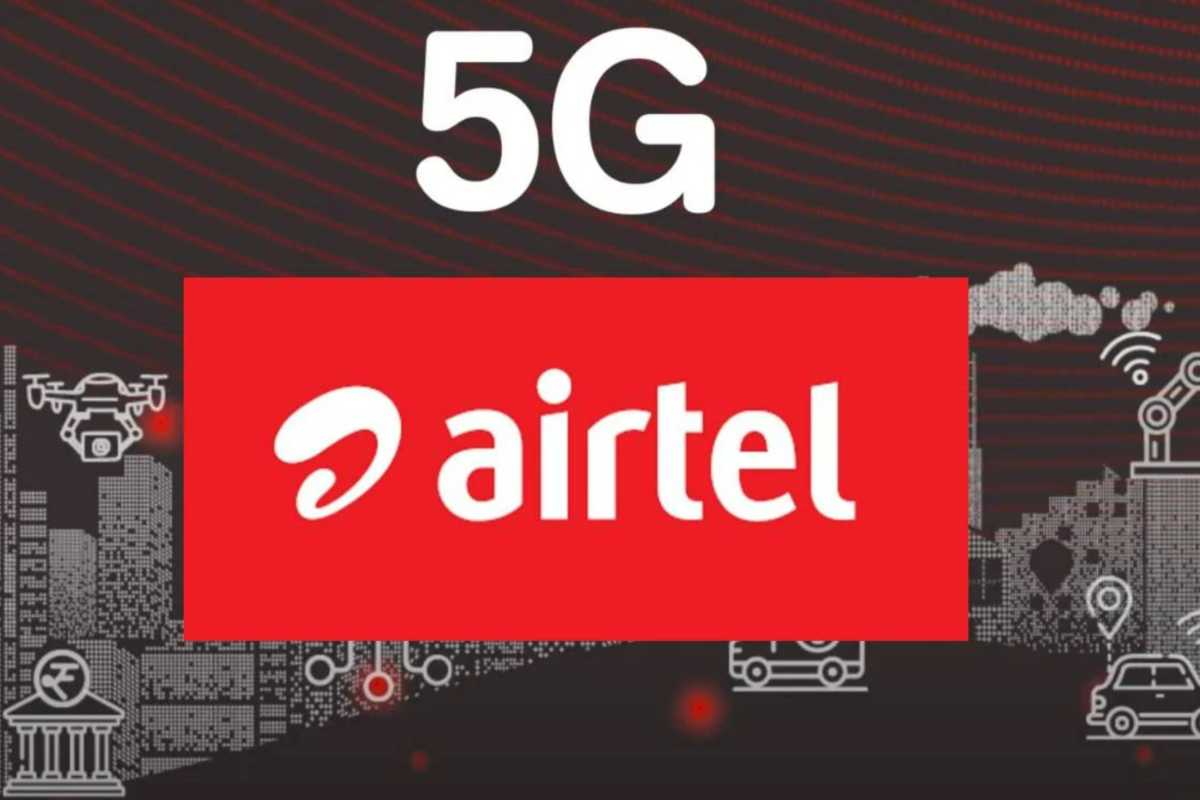Bharti Airtel is rolling out 5G Plus rapidly in every part of the country. Many states and cities have already received 5G Plus Network of the telco. As of now, Airtel users can consume 5G at no additional cost if they are already consuming 4G services of the telco. It is expected that Airtel will announce 5G plans in the future as it covers a significant part of India with 5G Plus. However, one good thing for the customers to know here is that Airtel 5G plans would remain to be affordable. The world is yet to see how potential use cases can be built to price 5G services appropriately. Telcos need to observe the customer usage pattern, market dynamics and use cases to price 5G services accordingly. Also the uptake of 5G services need to be considered along with providing quality Network services. As of now, there is no pricing specific to 5G in India. Airtel users can consume 5G using existing 4G Data packs until roll-out is complete. How the telcos bundle 5G Data plan is something that depends on market dynamics, global headwinds and consumer usage pattern and cannot be said anything as of now. But it is expected things to gradually change and we can see how 5G services will be priced. Otherwise, consumers would stick with 4G as most of the use cases of 5G suggest that it is made for enterprises at the moment. Airtel hasn’t given an exact timeline for when we can expect it to launch 5G prepaid plans. However, it should happen in the coming months as 5G Plus is rolled out to more regions of the country. Airtel is deploying 5G non-standalone (NSA) networks. Airtel’s NSA has unique advantages due to the large pool of Mid-brand spectrum holding of the telco. You can read about the advantages of Airtel 5G in the link below. Also Read: Explained the Differences Between 5G NSA and SA According to a PTI report, an official from the company said that the capex would be in line with what the telco spent in the last three years - around Rs 27,000 to Rs 28,000 crore. The official added that in one of the years, an upsurge in capex could be seen. Most of the capex is largely spent on radios, broadband, fibre, enterprise tech data centers, etc.
